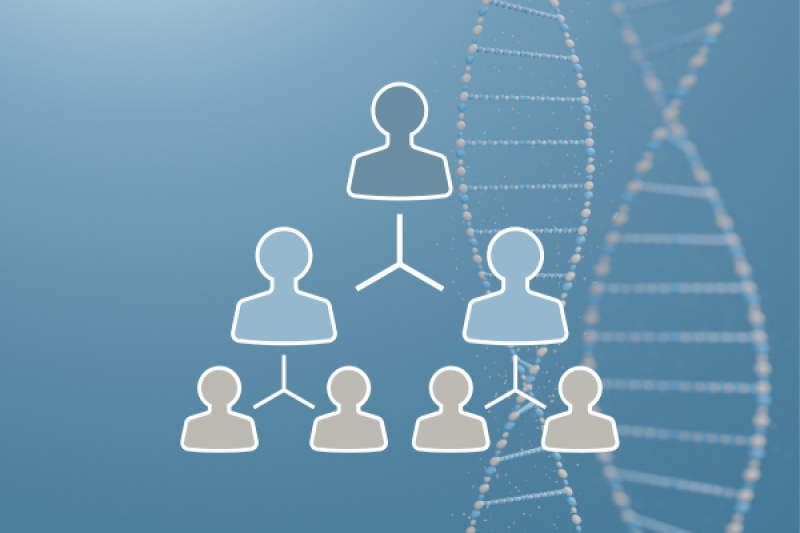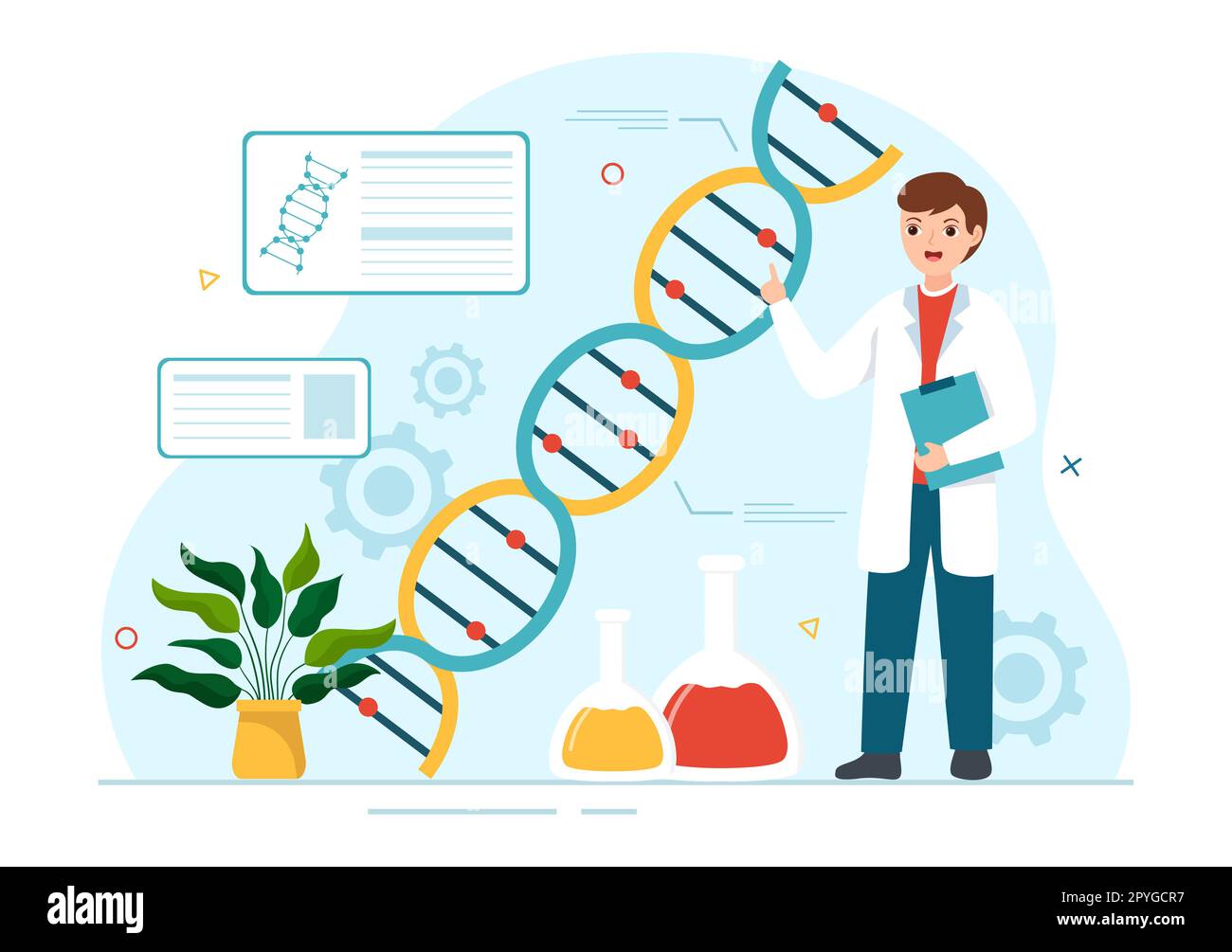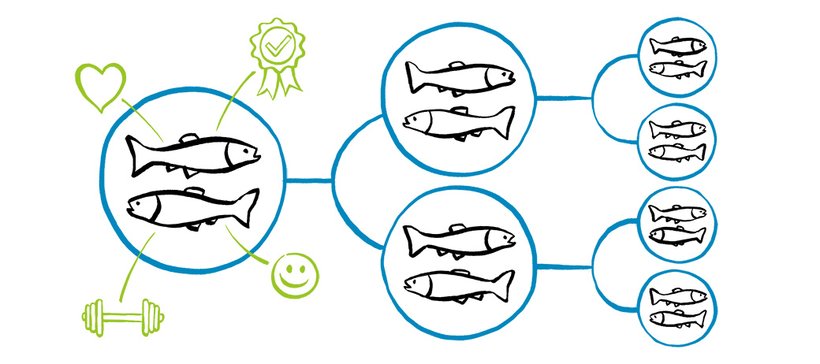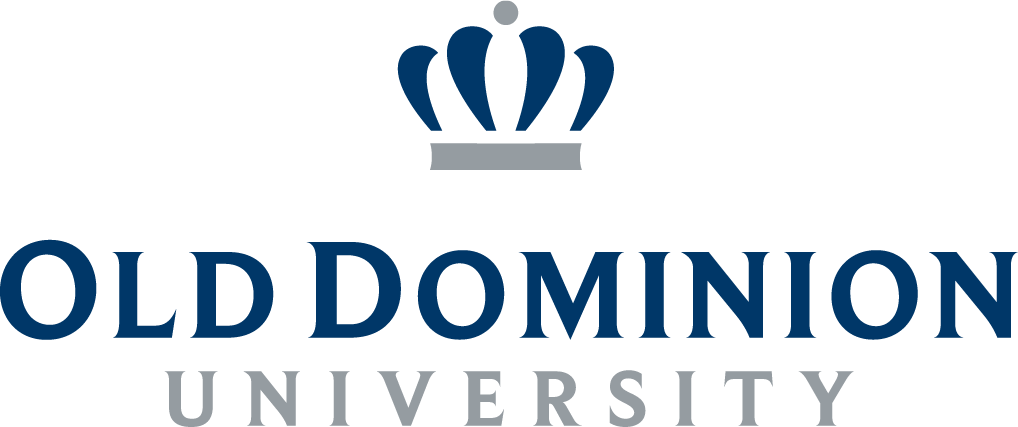Genetics is a branch of biology that focuses on studies of hereditary and variation in living organisms. It explores how traits are inherted and why there can be a difference between what is expected vs what is expressed. These expressed characteristics range anywhere from eye color, hair, and skin color. Below is some of my original works from my genetics class.

Personal Statement
Ever since a young age, I have been interested in the human body, and the medical
professionals who journey into the field of science to understand the many mechanics of life. My
road to becoming a General Surgeon started when I was 7 years old, and my grandparents who
are both doctors would quiz me on anatomy; Although I was rather young, these brief summaries
further developed my passion for the medical field in itself. As a Biomedical student, I hope to
improve my understanding of human physiology and anatomy to achieve My goal which is not
only to enhance my understanding but also to apply this knowledge to make a positive difference
in the lives of others. By combining my academic insights with practical skills, I aim to
contribute meaningfully to patient care and advance the field of medicine.
I stand out from many of the other applicants due to my upbringing and my experiences.
For starters, my mother, cousin, great-grandfather, and both of my grandparents are all doctors or
in the medical field. Through these connections and interactions, I am aware of the time, energy,
and toll the field of medicine can have. My involvement in sports at an early age also helped, by
allowing me to build on character traits such as diligence, ambition, and responsibility; all of
which are good traits of a doctor. Thirdly, my proficiency in Spanish and ability to understand
basic Japanese and French would allow me to communicate with different patient populations.
Another experience would be my involvement in various community help organizations, such as
soup kitchens, and fundraisers, as well as volunteering in hospitals. My time in these locations
has helped introduce me to patient care early on and has ultimately helped me get a better grasp
on the healthcare system than most individuals. Lastly, my recent experience of moving out and
living independently has been rather transformative. This change has taught me many life skills
such as self-management, and resilience. On a deeper level though this change has taught me
about adaptability and problem-solving. Not everything is going to go the way you planned, and
it’s better to understand that.
There have been 2 experiences in my life that have led me to pursue the field of
medicine. During my time volunteering at the Children’s Hospital of The King’s Daughters
(CHKD), I often saw children in distressing conditions. However, I would Witness their slow
recovery and eventual release. One boy in particular transformed from severe illness to a healthy
discharge. This showed me the impact of dedicated medical care. This experience exemplifies
the essential role of medicine in improving lives and bolstered my commitment to pursuing a
career where I too can help those around me. The second moment, was when I was 9 in Puerto
Rico with my grandfather. We had passed a deer on the side of the road and I was sad it was
going to die since one of its legs was broken and it couldn’t walk. My grandfather explained to
me the process of the food chain as he searched through the woods. He then found a big stick and
used my blanket to make a makeshift splint.
In short, my journey to becoming a general surgeon has been shaped by many hands-on
and observational experiences. Each of these qualities, traits, and knowledge that I have gained
through these experiences have contributed to my development as a future physician and my goal
of making a positive difference. And while I continue in my pre-health program I am excited to
see what lies ahead.

PRIMARY V REVIEW ARTICLE
Primary Research Article is an article that relays original research information and includes
detailed methods, observations, and results. It is normally information that has yet to be published, or new
observations and discoveries. These are written by scientists experimenting with a group or by
themselves. These articles typically include the introduction, methods, results, discussion, and conclusion.
In the Introduction, the writer will typically section the outlines of the research question by proposing a
hypothesis to an observation. They will then include the Method in which they will confirm the
hypothesis; The Method section will typically include techniques, tools, and experimental approach.
Following this, the scientists will post the results of the experiment. This will normally include Specific
Data; including graphs, tables, and statistics. After the Data, the illustrator will attempt to interpret the
information and state its significance. This is all concluded by the conclusion in which they make a
summary of the research and suggest possible future research. All of this is done to convey unknown
knowledge or one’s first-hand insight into a particular subject.
A review article is a paper that gives a summary or findings of current research. This includes
information that is reported in Primary research articles. Review articles normally begin with an
Introduction where they introduce the topic and explain why it is important. They then do a literature
review which summarizes the existing study that was done. Then the writer highlights important findings
and gives different perspectives on the research. The Review article also has a discussion section where
the author interprets reviewed information and discusses discrepancies if any. They may also discuss the
quality of the research. Such as The quality of the original research and how reliable it is. Finally, the
review article ends with the conclusion and references in which they state the summary of insights gained
from the review and offer possible changes for future experiments on the topic.
The Scientific peer review process is a long and arduous process that takes many months or even
years to finish. It starts With an author writing an article and sending it to an editor to try and get it
accepted into a scholarly journal. The article then is judged by the editor and chief of the journal. The
editor determines if if the article fits the scope of the journal, if it is interesting to the target audience if it
is performed at a high level (quality). If it does not meet these criteria it is rejected; if it passes It is then
sent to Peer Review. Peer reviewers is the most rigorous part of the process because in this step the article
is sent to experts on the subject matter for review. Peer reviewers look over the information and assess the
quality of the information, originality, as well as validity. Based upon their observations they can offer
revisions along with the editor. Once peer review is completed it is then the editor’s choice whether to
include the article in their journal or accept the paper if provisions are done.
The article titled “Hematopoietic Stem Cell Gene-Addition/Editing Therapy in Sickle Cell
Disease” is the review article, and the article titled “Base Editing of Haematopoietic Stem Cells Rescues
Sickle Cell Disease in Mice” is the primary source article. The way a reader can tell the two apart is the
Tag that says “Review” near the title. Furthermore, the review article stated 7-8 times throughout the
article “in this review.” this emphasizes that it is not an original work. Rather the article was interpreting
and analyzing another source. This is in contrast to the Primary article which never mentions the word
review. In addition, in the primary article, “Base editing of hematopoietic stem cells rescues sickle cell
disease in mice” the author uses the word “we” in every other sentence indicating self-involvement in the
experiment. Furthermore, the feeling of self-involvement is further exemplified at the end of the article in
the acknowledgments where it states How they are thankful for all who helped.. This is a big difference
from the Review article where the acknowledgments just state organizations that support the author’s
findings.

Nature Citation for Primary article
Chen, S. et al. Epigenetic priming enhances antitumor immunity in platinum-resistant ovarian
cancer. J Clin Invest;132. https://doi.org/10.1172/JCI158800 (2022)

Primary article Review
Treating Ovarian Cancer
This study reviews ovarian cancer and the lack of effectiveness immunotherapy has on it
compared to other malignancies. This study hypothesizes that targeting some epigenetic
mechanisms like immune checkpoint inhibitors could enhance ovarian cancer’s immunotherapy
effectiveness. The scientists for this experiment aim to develop a combination treatment
involving hypomethylating agents.
In this study scientists treated patients with platinum-resistant ovarian cancer with
guadecitabine and pembrolizumab. Out of the 35 evaluable patients 8.6%of them achieved
partial responses and 22.9% had stable disease, resulting in a clinical benefit rate of 31.4% with a
median duration of 6.8 months. After treatments analysis showed hypomethylation in testing and
signs of antitumor immunity. Patients with desired results also expressed higher amounts of
naive and central T cells as well as monocytes. They also showed greater density for T cells and
B cells, and the presence of a tertiary lymphoid in their tumors.
This study examines how efficient it is to treat patients with platinum-resistant ovarian
cancer by combining epigenetic priming with immune checkpoint inhibitors. The test Reveals
that a higher frequency of T cells and monocytes, along with higher density T and B cells in
tumor tissues relate to better clinical trials. This study also succeeded in activating key immune
pathways, which helped make a better antitumor immune response.However, not everything in
this study was positive. It was also found that upregulation of immunosuppressive markers may
hinder treatment efficacy. The presence of tertiary lymphoid structures and B cells showed
correlation with improved responses, this potentially shows that they may have an effect on T
cells activity.
All in all though this study shows that epigenetic priming with a hypomethylating agent
mixed with an immune checkpoint is achievable. And incorporating inhibitor targeting pathways
could benefit immunotherapy in ovarian cancer.
Chen, S. et al. Epigenetic priming enhances antitumor immunity in platinum-resistant
ovarian cancer. J Clin Invest;132. https://doi.org/10.1172/JCI158800 (2022)
DNA REPLICATION

Gene expression
How effective is the study of brittle stars?
“Diving Into the Brittle Star Genome to Understand the Evolution of Regeneration” is an article released in november of 2024 and it comes from the magazine called TheScientist. In this article Ferdinand Marletaz and his research team sequenced a species of brittle star. Brittle star is a species of Echinoderms which is known for its regenerative properties. Marletaz conducted his research to figure out the genetic properties that allows for regeneration of limbs. This was done by observing its evolutionary history as well as comparison to other echinoderms such as sea stars, sea urchins, and sea cucumbers which are also known for regenerating but not as quick.
This article relates to genetics by discussing the sequencing of brittle stars and their genome. It also gives crucial insight in the genetic process involved in limb regeneration. thi s information can be used to further develop our knowledge on regenerative mechanics such as; how it works, how to accomplish it, and more. With this knowledge we may be able to perform future research to identify potential ways to incorporate this into everyday life for humans and animals who are unable to regenerate themselves.
The researchers noticed that brittle stars have genetic differences from other echinoderms. This includes different arrangements of the HOX gene cluster. The hox gene is a group of related genes that help with the plans for the body in embryonic development. This change is significant because HOX genes are normally not different between animals in the same species
Martelaz and his group of scientists also studied the regeneration abilities of the brittle stars. His tem amputated 3500 limbs from brittle stars and examined the regeneration of the lost limbs. They found that there are key genes that play a role in regeneration. Some related to immune response, wound healing , tissue differentiation, limb shaping, and cell migration. And when comparing these genes to other animals like axolotl it was found that they too have a shared genetic basis for regeneration.
This research by Martelaz and his team at London University is accurate and it is evident by observing similar research done. There has been much research done on echinoderms including sea cucumbers. Joshua Medina, and Jose Garcia have published similar information in “Regeneration In Echinoderms: Molecular Advancements.” In this review article they discuss how holothurians better known as sea cucumbers have a regenerative process with genes specific to. Immune response, limb shaping, and even tissue differentiation. It is also noted that sea cucumbers are similar to crustaceans and axolotl as well.
The overlapping information in the sea cucumber study by Gracia and Medina strengthens the accuracy of the study of brittle stars conducted by Martelaz. By showing consistencies across different studies and different experimenters. These consistencies support the accuracy of the study by showing that this experiment done wasn’t a mistake.
Khedkar, S. (2024, November 22). Diving Into the Brittle Star Genome to Understand the Evolution of Regeneration:The sequenced genome of the brittle star revealed unique gene arrangements and provides insights into ancient genes involved in limb regeneration, TheScientist.
Medina-Feliciano, J.G, Garcia-Arraras, J.E. Regeneration in Echinoderms: Molecular Advancements. Front Cell Dev Biol; 9. https://doi.org/10.3389/fcell.2021.768641(2021)

Leave a Reply